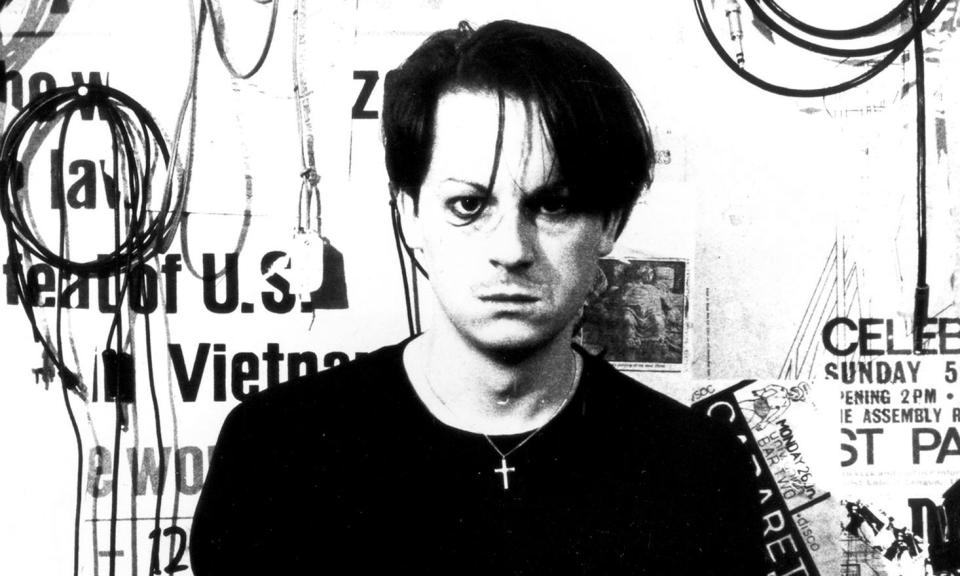Richard H Kirk was prolific, hungry, angry and funky to the end

It’s fairly said that Richard H Kirk revolutionised music more than once. He’ll be remembered most widely for his work in Cabaret Voltaire, the band (or as they preferred, art project) he started in 1973 with Stephen Mallinder and Chris Watson, and which laid the groundwork for electro-pop, industrial and even punk. But the Sheffield-born musician’s own electronic club music projects have a strong claim to being just as world-changing – Kirk was one of the first artists to release on local institution Warp Records, and he cemented a uniquely British bass-heavy approach to dance music. Throughout the subsequent decades, he never once stood still or looked back, making unique records to the end.
In no small part, that’s down to a very particular strain of local bloodymindedness. Kirk was born and lived his whole life in the capital of the “People’s Republic of South Yorkshire” and epitomised the combination of bluntness, self-effacement and love of experimentation that has fuelled the city’s close-knit scene over the years. Plus, Sheffield loves to dance: from Clock DVA and the Human League through Moloko and Pulp to Toddla T, that character shines through (and every one of those acts has a direct Kirk connection to boot).
The whole existence of “the Cabs” was predicated on a refusal of any division between high and low art. Kirk and Mallinder were teenage soul boys in the late 60s, who got into Roxy, Bowie and the Velvet Underground – rejecting psychedelia and prog as affected middle class concerns – and onwards into Warhol, Burroughs and Dada, their quasi namesake: the original Cabaret Voltaire of 1910s Zurich was the cradle of the Dada movement. Meeting telephone engineer Watson set them on a path of tape manipulation, happenings and provocations – blasting found sound from the top of public toilets and the like. They didn’t want to change the world; they just wanted to make Sheffield strange.
When Watson left to explore his more technical obsessions (he is now one of the world’s most highly regarded wildlife sound recordists) Kirk and Mallinder’s dancefloor roots started showing, and they used drum machines to bind together the CV sound. With the advent of DIY and the experimentalism of post-punk in the late 70s, the world just about caught up with their extraordinarily abrasive but deeply funky grooves, though the funk fuelled them onwards.
Their run of singles from 1979 on – Nag Nag Nag, Yashar, Sensoria – drew on populist dance music developments in the US; in turn, Black American DJs from Frankie Knuckles on down played them in clubs. As with New Order, they weren’t guilty of appropriation or pastiche, but in constant dialogue with club music. As such, they were more than ready when house and techno hit the UK hard in 1988. As well as instilling CV with the respective grooves of Chicago and Detroit, Kirk formed the Sweet Exorcist project with DJ Parrot (AKA Richard Barratt) of Sheffield’s Jive Turkey club, itself a pressure cooker where post-punk, electro, house and more fused into something greater than the sum of its parts.
In 1990, Sweet Exorcist’s Testone (complete with Jarvis Cocker-directed video) became the third release on Warp Records. It was followed by the even stranger Clonk’s Coming EP, and the XON project by Kirk and Robert Gordon, maverick in-house engineer of Sheffield label FON (Fuck Off Nazis): altogether some of the most perfect British techno ever made. They are as radical as anything from the early days of Cabaret Voltaire, yet (to this day) devastatingly effective on a dancefloor: here, again, was Kirk’s refusal of “high” and “low”. Alongside LFO, Nightmares on Wax, Unique 3 and Ital Rockers, they also helped usher gigantic subsonic bass into British dance music, without which the history of hardcore, jungle, garage, dubstep and all the rest would have unfolded in very different fashion.
Related: Warp Records: Richard H Kirk looks back on a futuristic life
From here, Kirk dived into the underground. He could very easily have traded on CV’s legacy for elder statesman status, but this rarely seemed to pique his interest – indeed, he revealed he’d turned down “a very fucking large amount of money” from Coachella to reunite with Mallinder. Instead, he was consistently prolific from the 90s until his death, releasing endless permutations of ambient, noise, dub and electro under many dozens of aliases, comfortably playing alongside bleeding-edge younger acts and always crackling with invention.
When he did revert to the CV name in 2014 – by then a solo project – he refused to play old tracks. On last year’s Shadow of Fear album, he sounded as hungry, angry and funky as ever. It says something about the creative spirit of their Sheffield milieu that Mallinder and Watson also remain at the top of their game, as do many others of Kirk’s collaborators: Richard Barratt, for example, is currently on devastating creative and commercial form as Crooked Man. Which is why it is such a tragedy that Kirk is gone at just 65. There are few certainties in the creative world, but one thing is sure – he still had a whole lot of provocation, stimulation and groove left in him.

 Yahoo Movies
Yahoo Movies 